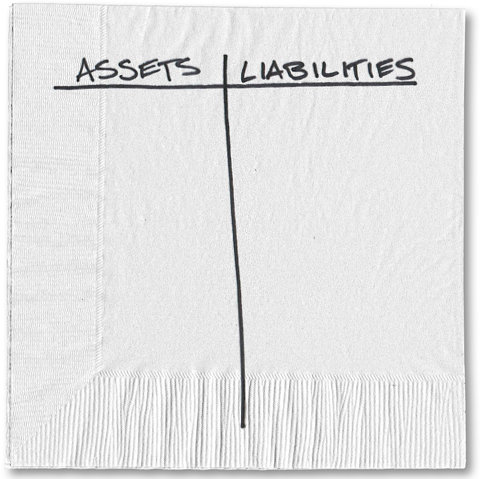A staple of the jumbo market, interest-only loans continue to be used by affluent borrowers to help them manage irregular cash flow, reap a tax benefit, or free up cash for investment elsewhere.
In particular, people in the financial services industry who derive most of their compensation from yearly bonuses commonly rely on interest-only loans to keep their mortgage payments manageable the rest of the year. “Then they take some of that bonus and pay down their mortgage each year,” said David Adamo, the chief executive of Luxury Mortgage in Stamford, Conn. “And their monthly payment then also goes down.”
Thus, interest-only loans have evolved into a financial tool, and no longer a means to affordability.
Freddie Mac stopped backing the loans in 2010 after suffering big losses; as a result, fewer lenders offer them. Those that do have strict qualifying standards. Lenders generally require that the borrower have at least 30 percent equity in a property, and a minimum FICO score of 720. Determination of ability to pay back the loan is based on the fully amortized payment, not the interest-only payment.
Additionally, “a lot of lenders will want to see assets to cover as many as 24 months’ worth of principal, taxes and insurance payments,” said Richard Pisnoy, a principal of Silver Fin Capital, a brokerage in Great Neck, N.Y.
Interest-only loans are primarily adjustable-rate products with an initial fixed period when only interest is due. Available in 5-, 7- or 10-year terms, they “are generally done for 10 years so there’s no payment shock in the near term,” said Tom Wind, the executive vice president for residential and consumer lending at EverBank, a national lender based in Jacksonville, Fla.
Interest rates are usually an eighth- to a half-percentage point higher than on fully amortized jumbo loans. After the fixed term is up, the mortgage re-amortizes, and both principal and interest are due.
On a $700,000 loan with a fixed rate of 3.875 for the first 10 years, the monthly payment would be $2,260, as calculated by Mr. Pisnoy. After 10 years, based on the same rate, the payment would rise to $4,195. If over time the rate adjusted upward by as much as five percentage points (the usual cap), the payment could reach $6,700.
To avoid such a scenario, however, borrowers generally put money toward their principal balance ahead of time, or refinance out of the loan before a full payment is due.
Two lenders — Community National Bank and National Cooperative Bank — offer interest-only loans for co-ops in the New York market. Demand is weak, however, because so many co-ops take a dim view of such financing, said Jordan Roth, a senior branch manager of GFI Mortgage Bankers in Manhattan.
“We’re finding a number of co-ops that are becoming more conservative when it comes to the mortgage products they will allow their prospective buyers to use,” Mr. Roth said. “Very rarely do you find one that allows an interest-only mortgage in the current market.”
More lenders may yet decide to get out of the interest-only segment. Under rules issued by the Consumer Financial Protection Bureau, beginning next January, lenders will face greater legal exposure on interest-only loans that go into foreclosure.
But mortgage executives played down that risk, citing the high qualifying ratios for these loans. “These are very strong loans,” Mr. Wind said, “and that’s creating availability among smaller lenders as well as larger banks.”
Article source: http://www.nytimes.com/2013/03/24/realestate/loans-for-a-niche-market-are-interest-only.html?partner=rss&emc=rss
